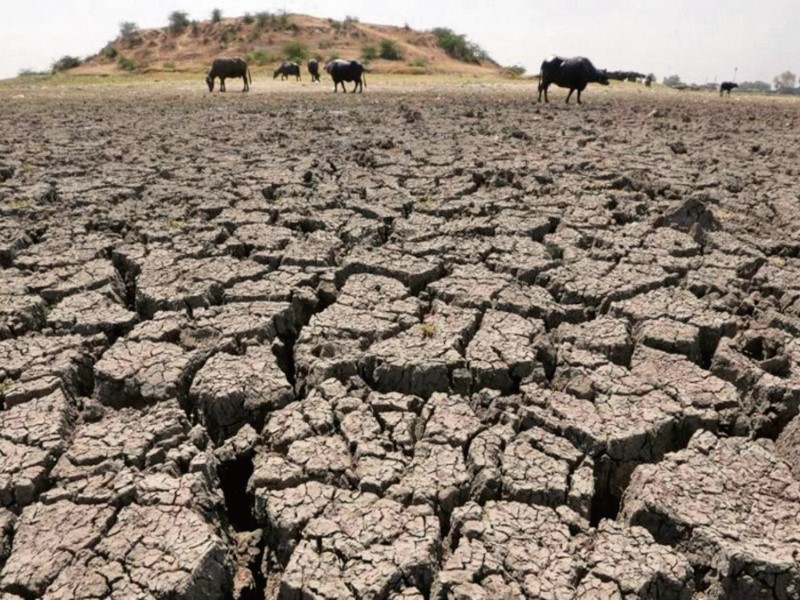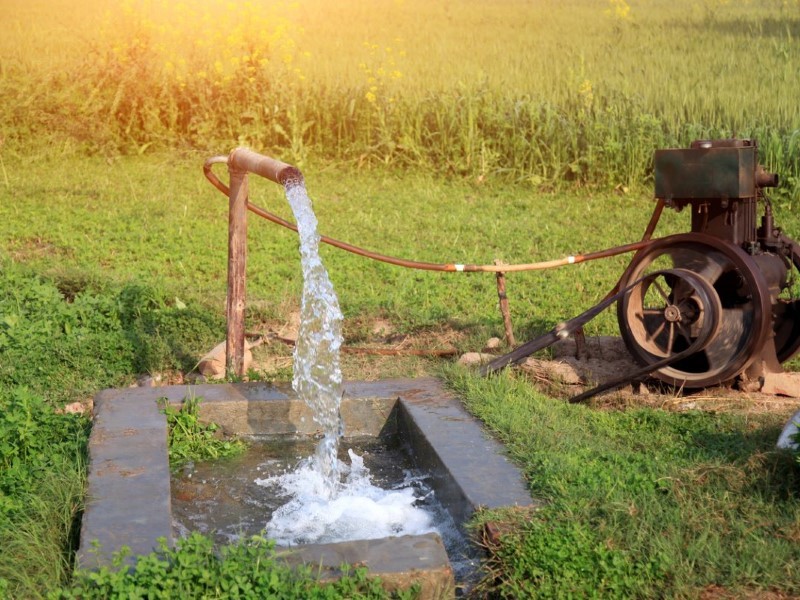Due to overuse of groundwater, water table in 86 blocks of Haryana is either critical or overexploited.
CHANDIGARH: Due to overuse of groundwater, water table in 86 blocks of Haryana is either critical or overexploited. The government found the water table in safe zone in only 23 blocks out of 116 in the state as examined by state irrigation department. According to figures of the department, paddy belt in Haryana – Karnal, Kurukshetra, Kaithal and Panipat – is facing the major challenge because its falls entirely in the category of over exploited zone.

Photo Credit: The daily Guardian
Even Gurgaon, Mahendergarh and Sirsa districts are facing a similar challenge.
Rainfall deficit during the current season, especially in Fatehabad, Rohtak, Mahendergarh, Panchkula and Hisar, where the rain is short by about 50% in comparison to normal, may further worsen the situation.
Haryana agriculture minister 0m Prakash Dhankar said, “Currently, there is availability of 60 lakh acre feet water from all resources for recharge of groundwater in the state in comparison to usage of 1 crore acre feet leaving a gap of 40 lakh acre feet. This groundwater will keep going down with the increase of this gap. The groundwater is like a bank account. If we draw more money from the account than of depositing in it, there will be a problem.” The officials blame inefficient management and reluctance to adopt modern water-saving technologies like sprinklers and drip and pressure irrigation by farmers for the aggravating problem.

Photo Credit: The Statesman
There is sharp increase in the number of tubewells in Haryana in the past four decades. There were just 27,957 shallow tubewells in 1967 but this number reached to around 70,000 in 2010. Deep borewells to draw groundwater are seen as major reason for the plummeting water table. The experts said in southern Haryana the water level had gone down to 1,700 feet in some areas and the farmers used deep borewells in there for irrigation purposes in the absence of adequate canal system.
Arjun Singh Rana, a retired professor from Chaudhary Charan Singh Haryana Agricultural University, Hisar, said the farmers invested Rs 2-3 lakh for such borewells. “There are no continues rains in Haryana, which are necessary for recharge of groundwater,” said Rana. Now, the situation has reached a stage when the government has to prepare a project for digging injection wells for recharging the groundwater.
State of groundwater in Haryana
Over exploited (more than 100%): 71 blocks
Critical (90-100%): 15 blocks
Semi-critical (70-90%): 7 blocks
Safe (below 70%): 23 blocks
Over exploited blocks
Barara, Naraingarh and Saha (Ambala); Badhra, Dadri-l, Kairu, Loharu and Siwani (Bhiwani), Fatehabad, Tohana, Ratia, Jakhal and Bhuna (Fatehabad); Narnaund and Hansi-ll (Hisar); Narwana, Alewa, Safidon and Jind; Taoru (Mewat); Hasanpur and Palwal (Palwal); Bawal, Khol, Nahar and Rewari (Rewari); Gannaur, Rai and Sonipat (Sonipat); Radaur, Mustafabad, Chhachhrauli, Bilaspur and Jagadhari (Yamunanagar); and all blocks of Gurgaon; Kurukshetra, Kaithal, Karnal, Mahendergarh, Panipat and Sirsa districts.
Vardhman Envirotech
India’s Passionate rainwater company
This article is published on: The Time of India, 21 August, 2015
We would like to spread this for the benefit of fellow Indians.
